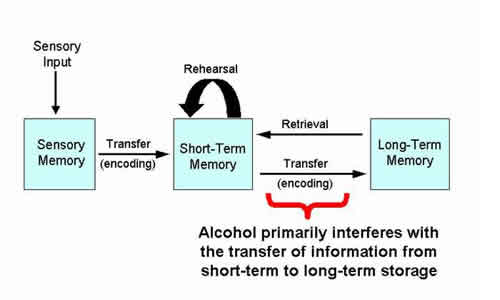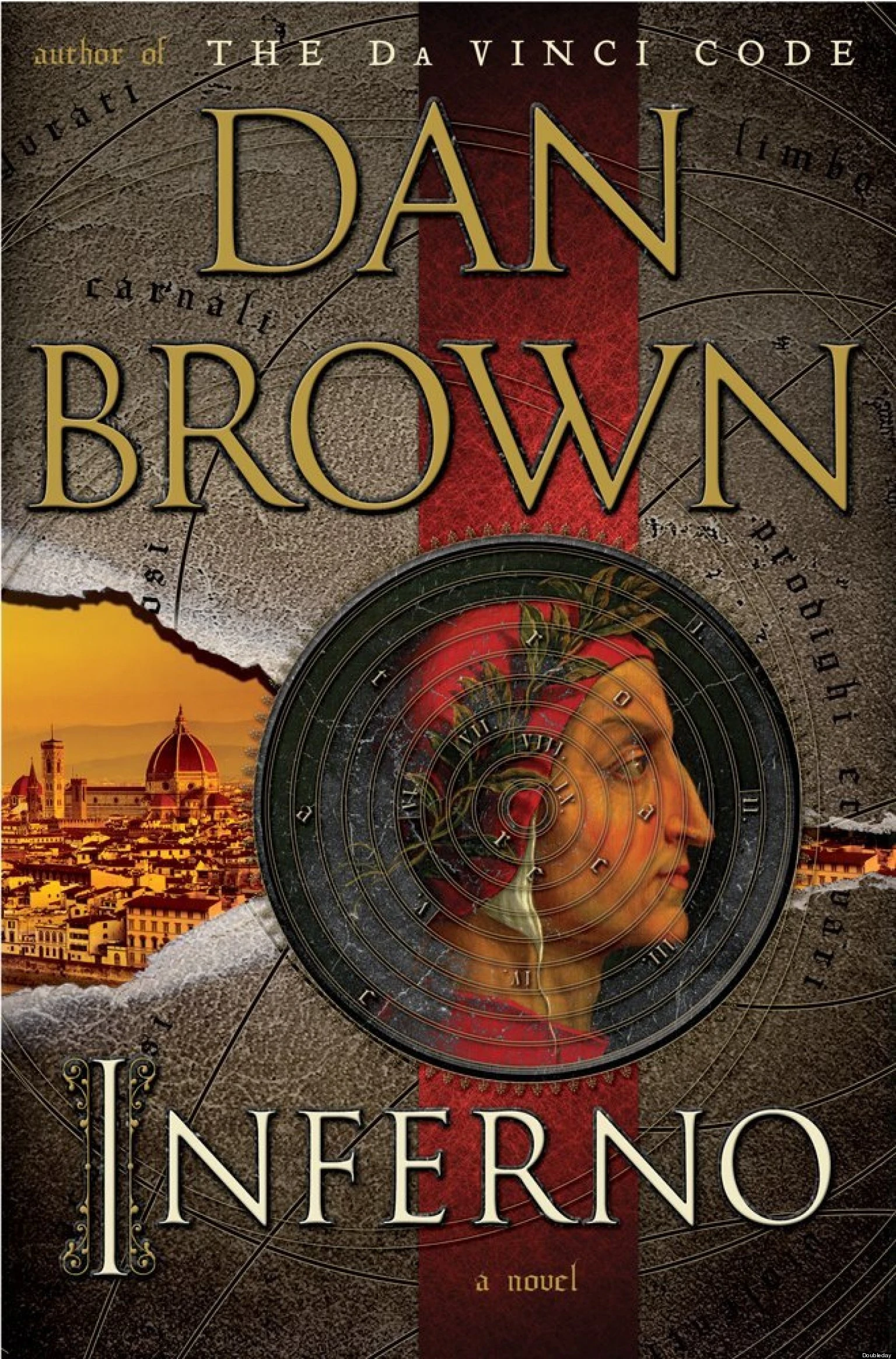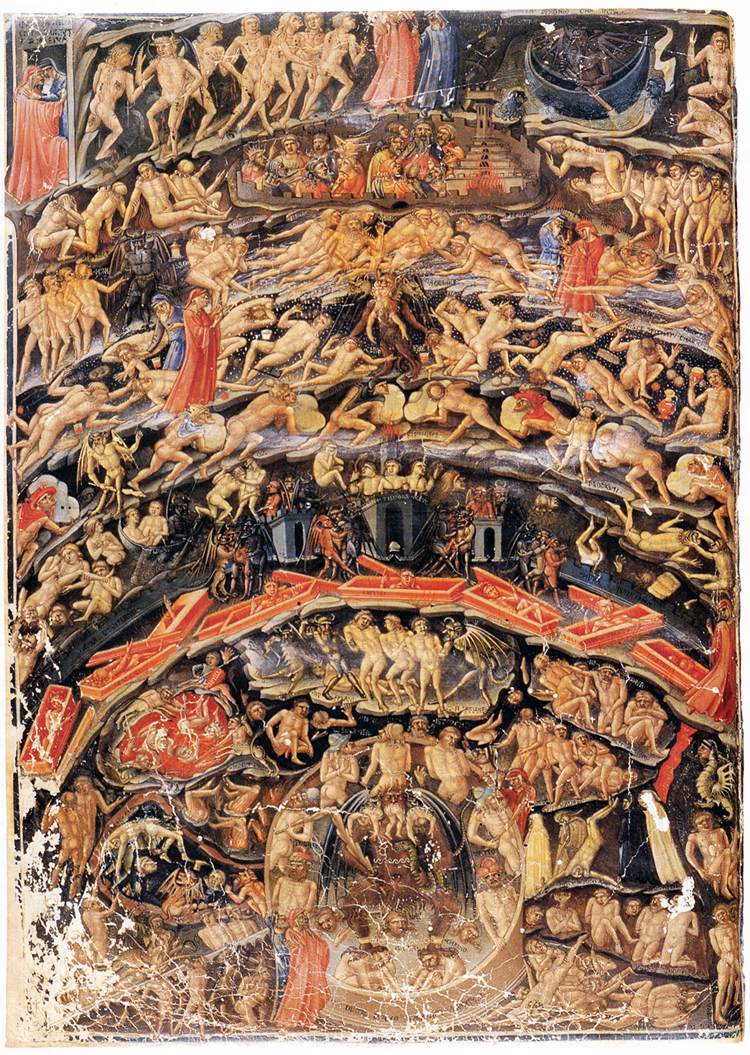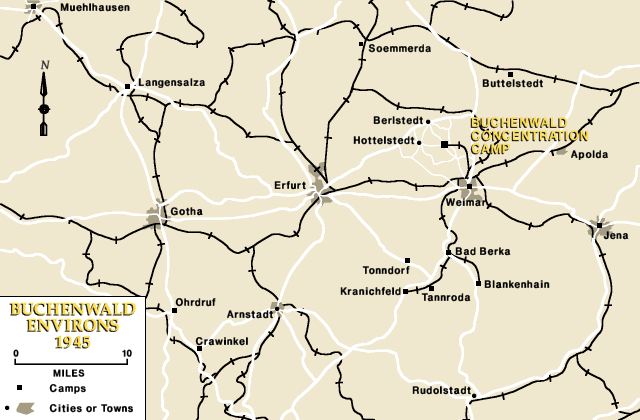So I'm not interested in getting all political here...
and I know I have been writing about books mainly so far, but I just read Michelle Obama's speech to the DNC, and I was really blown away by the rhetoric of that speech. (And I'm using rhetoric in the correct, neutral, Aristotelian definition.)As many writers have acknowledged, she probably did the most "damage" to Trump--and she never once uttered his name. Such was the craft with which the speech was written.
However, I'm not interested in the Trumpiness of it, but rather I wanted to share some of my favorite lines, lines that I think speak not to democrats or republicans, but to our national character and what we hope for. For example, when she explained how she and her husband tried to explain how to handle insults, she said, "that when someone is cruel or acts like a bully, you don’t stoop to their level. No, our motto is, when they go low, we go high." In it's simplicity, in it's parallelism, people get the picture.
She framed the election as a question of role models, and again used repetition, parallelism, and the logic of elimination to make her point:
"And make no mistake about it, this November when we go to the polls that is what we’re deciding, not Democrat or Republican, not left or right. No, in this election and every election is about who will have the power to shape our children for the next four or eight years of their lives."And when she said,
"I want a president who will teach our children that everyone in this country matters, a president who truly believes in the vision that our Founders put forth all those years ago that we are all created equal, each a beloved part of the great American story."it was hard not to think about all the "glass ceilings" that would be shattered, but in a positive, warm tone.
I haven't watched it (I have trouble sitting through applause), but I think you should definitely read it.
Happy reading!














